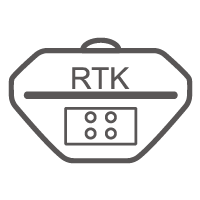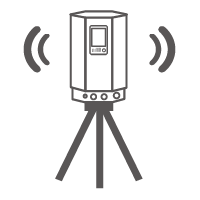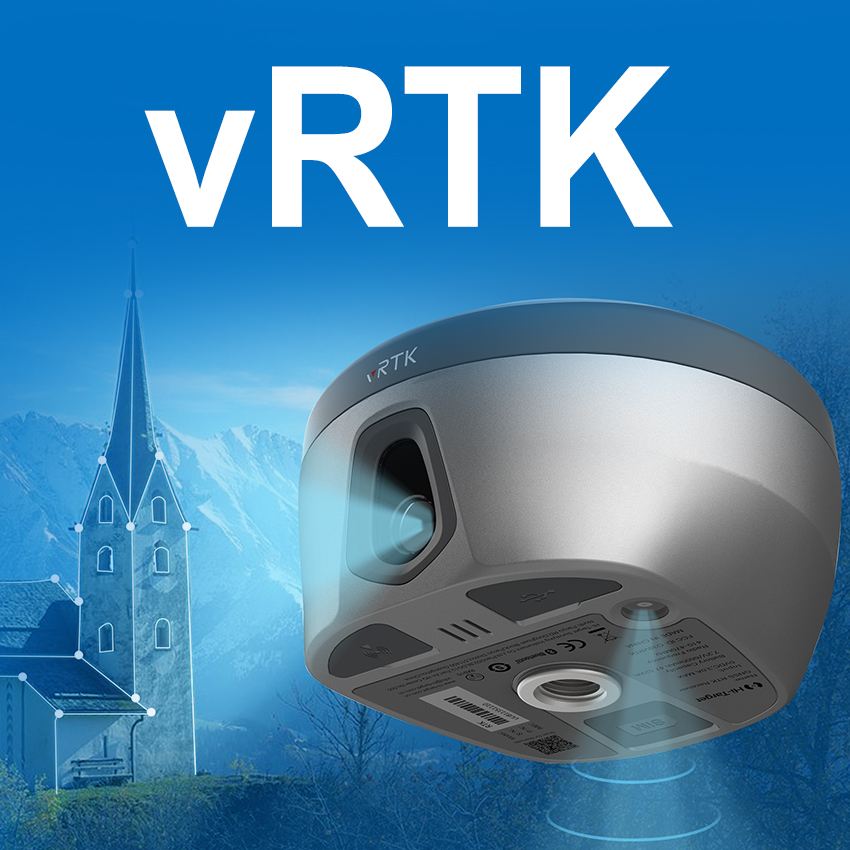Thank you for your interest in Hi-Target. We will contact you soon.
GNSS-AR Combined Technology Benefits the Surveying and Mapping Field Job
CLICK HERE TO DOWNLOAD THIS CASE STUDY
AR technology has penetrated every corner of our life. How can AR combined with GNSS provide a revolution for surveying and mapping?
1. What do we know about AR?
If you remain sensitive to technological developments, you must remember the popular game Pokémon GO. It’s a game that enables you to explore, catch, and swap Pokémon appearing in the real world. The player can discover and catch Pokémon in the real world, even making battles through their smartphones. The more Pokémons the players catch, the more powerful they become. Subsequently, the player has the opportunity to catch even more powerful and rare Pokémons.
Behind the fun, it is the constant innovation and development of AR (Augmented Reality) technology. This is a technology that calculates the position and angle captured by the camera in real time and adds the corresponding features to the image. The goal of this technology is to apply and interact with the virtual environment on the screen over the real one.
2. GNSS + AR Staking Out
For surveying and mapping industries, the use of AR technology will greatly improve efficiency. We have already noticed several manufacturers experimenting with AR to make fieldwork easier together with the GNSS smart antenna. The data is overlaid and fused with the real field scenes acquired by the camera through algorithmic matching and then displayed on the controller. The user can see the data and targets directly on the screen. It significantly reduces the time on struggling to find buried pipes in the grass.
Now, the combination of GNSS smart antenna and AR brings a new experience to the stakeout. For example, in the case of finding elements on a design drawing, the high-precision position information provided by the GNSS smart antenna can be transmitted wirelessly to the controller. The user can see a virtual marker flashing directly on the display. Combined with the characteristics of the surrounding environment, the user can soon reach the point in reality following the guidance. Then, the user can fix it accurately with the indication.

3. GNSS + AR Measurement
In addition to staking out, recent developments of technology have also allowed users to utilize AR on mobile devices to measure length and area. In the beginning, it was unacceptable to use the camera for length measurements. People tended to use a ruler for accurate distance measurements.
However, today, with the rise of the camera and built-in accelerometers and the better performance of the matching algorithms, the accuracy of the measurements has improved greatly. The general public accepts the results obtained from AR measurements. After all, there are many scenarios where people just need to get an accurate but less precise figure. Several of the world’s major mobile terminal and system giants are currently developing and promoting their self-developed AR measurement engines. They have definitely secured and updated the algorithms. For mobile devices, it is more about a test of the hardware, including the above-mentioned camera, accelerometer, magnetic compass, and even memory, which all affect the accuracy of AR measurements.

In combination with GNSS, AR measurement offers even more possibilities. We often encounter situations where some targets are inaccessible for various reasons. It’s difficult to acquire the collection. The use of AR measurement technology allows the calculation and acquisition of coordinates of difficult-to-access locations by means of intersection algorithms. Since the coordinates provided by GNSS are sufficiently accurate and reliable, errors in the initial baseline can be suppressed. Therefore the results attributed to the AR measurement also have a higher level of accuracy and reliability. It should be noted that the results that the system can calculate in this case depend entirely on the environment situation and the accuracy of the AR distance measurement. Hence, different controllers with different configurations in different scenarios may obtain different results.

To use AR measurement for field surveying and mapping, you must:
a) Use a handheld controller in Android OS 6.0 and above that supports AR Core 1.25 or 1.26.
b) Use Hi-Survey 2.2.0 or above.
c) Use a Hi-Target GNSS smart antenna.
4. Foresight: What will the next generation of GNSS smart antenna be?
Multi-source data fusion for high-precision positioning and navigation is developing at a rapid pace. The giants in the industry have made different and at different stages. In the foreseeable future, new technologies including inertial navigation, vision, and AR will be combined further. New forms of GNSS smart antenna are sure to emerge soon. Let’s see how the deeper integrated product applies in more industries soon.
 New website
New website Dealer Nearby
Dealer Nearby Partner
Center
Partner
Center
 MENU
MENU
 English
English
 GNSS RTK
GNSS RTK Optical
Optical GIS Handheld & Tablet
GIS Handheld & Tablet Hydrography & Oceanography
Hydrography & Oceanography CORS & Precise Positioning
CORS & Precise Positioning Software
Software Laser & MMS
Laser & MMS Precision Agriculture
Precision Agriculture Monitoring
Monitoring
 GNSS Infrastructure
GNSS Infrastructure Autonomous Driving
Autonomous Driving Automatic Monitoring
Automatic Monitoring Precision UAV Kits
Precision UAV Kits Mobile Mapping
Mobile Mapping GNSS Antenna
GNSS Antenna
 Surveying & Engineering
Surveying & Engineering Geographic Information System
Geographic Information System 3D Scanning & Aerial Mapping
3D Scanning & Aerial Mapping Hydrography
Hydrography Global Correction Service
Global Correction Service
 Partner Center
Partner Center FAQ
FAQ
 Featured Events
Featured Events News
News Newsletter
Newsletter Webinar
Webinar
 About Us
About Us Dealer Nearby
Dealer Nearby Send an Inquiry
Send an Inquiry Strategic Partners
Strategic Partners Talent Recruitment
Talent Recruitment Become Our Partner
Become Our Partner
 2022-06-02
2022-06-02